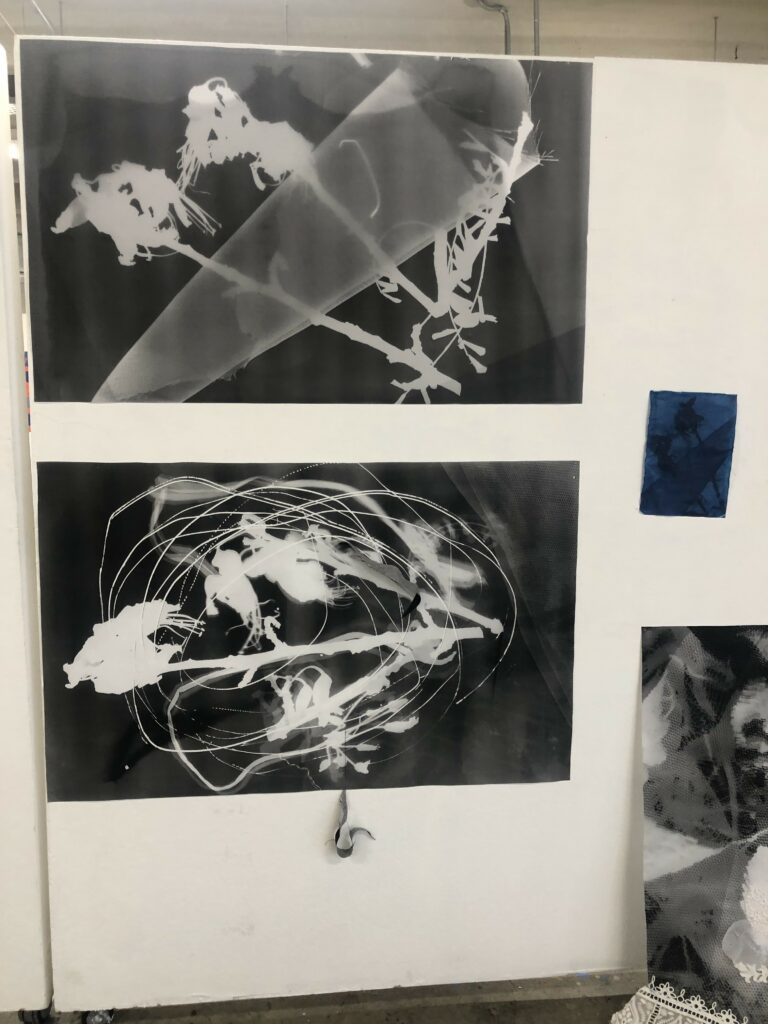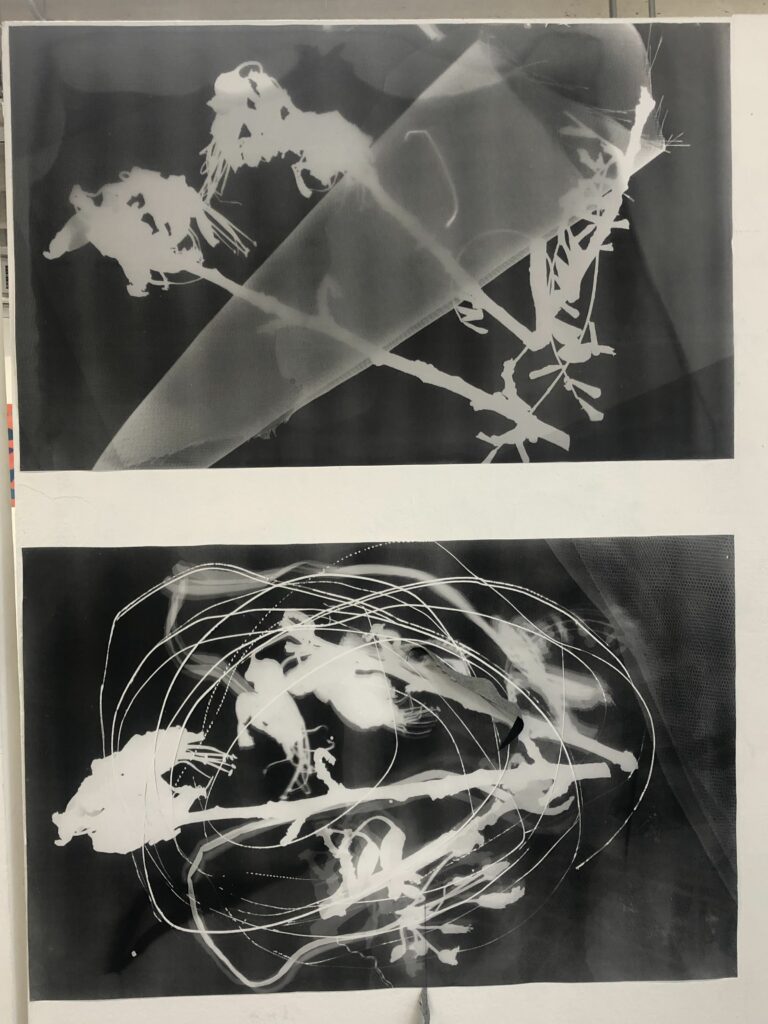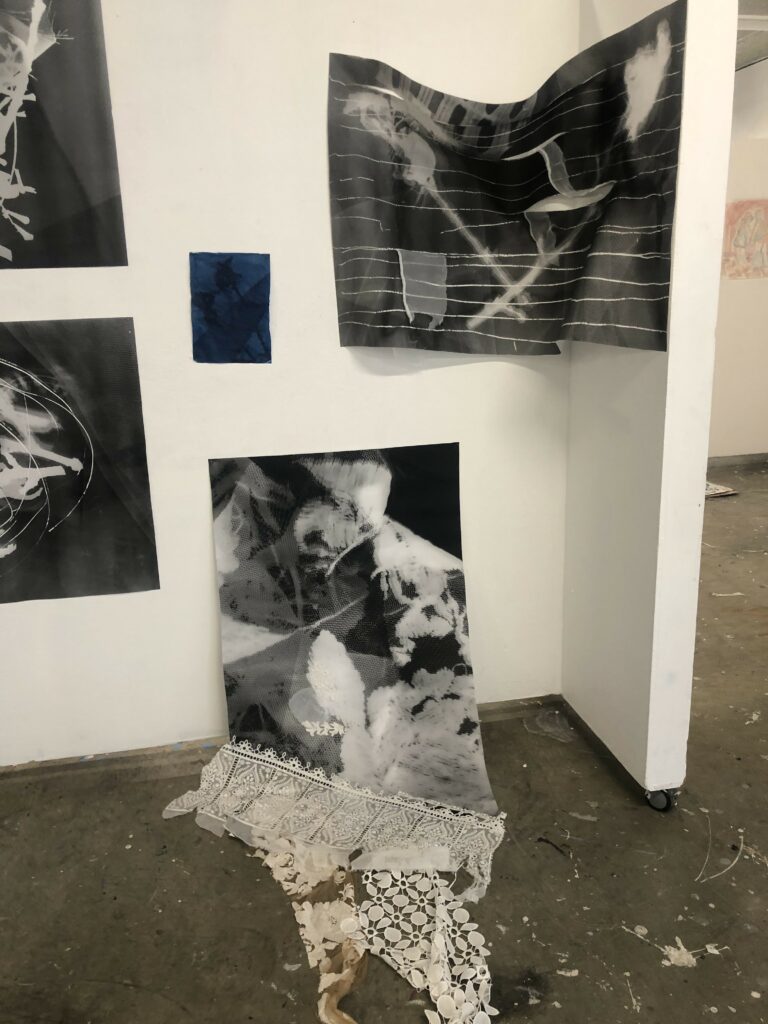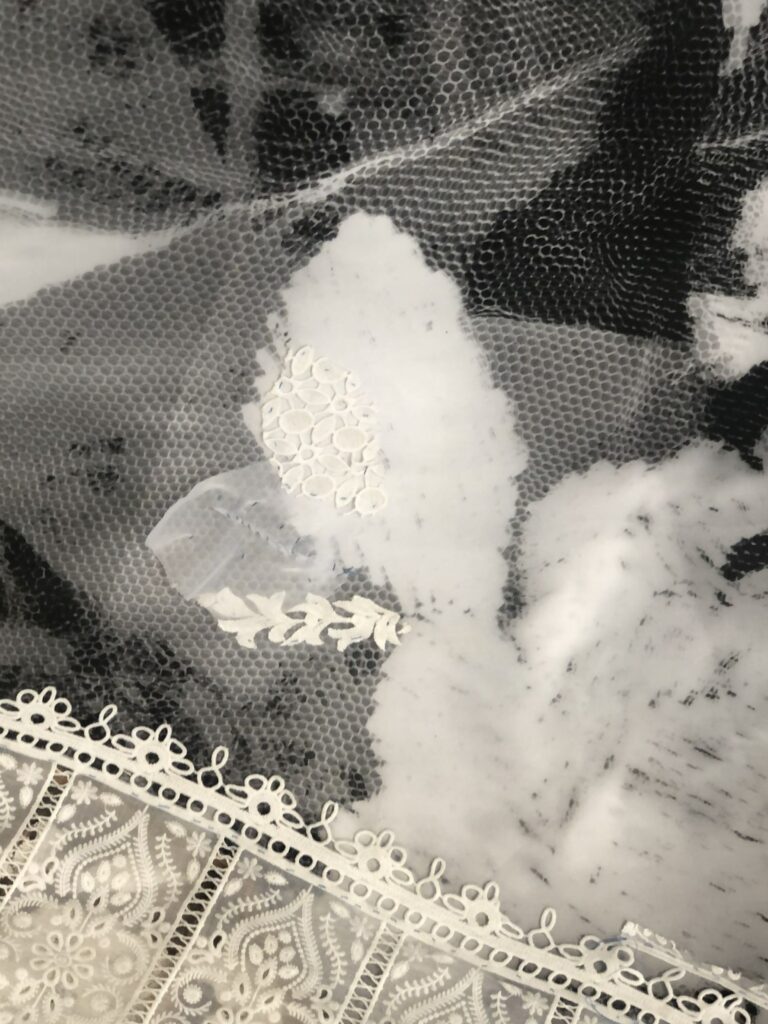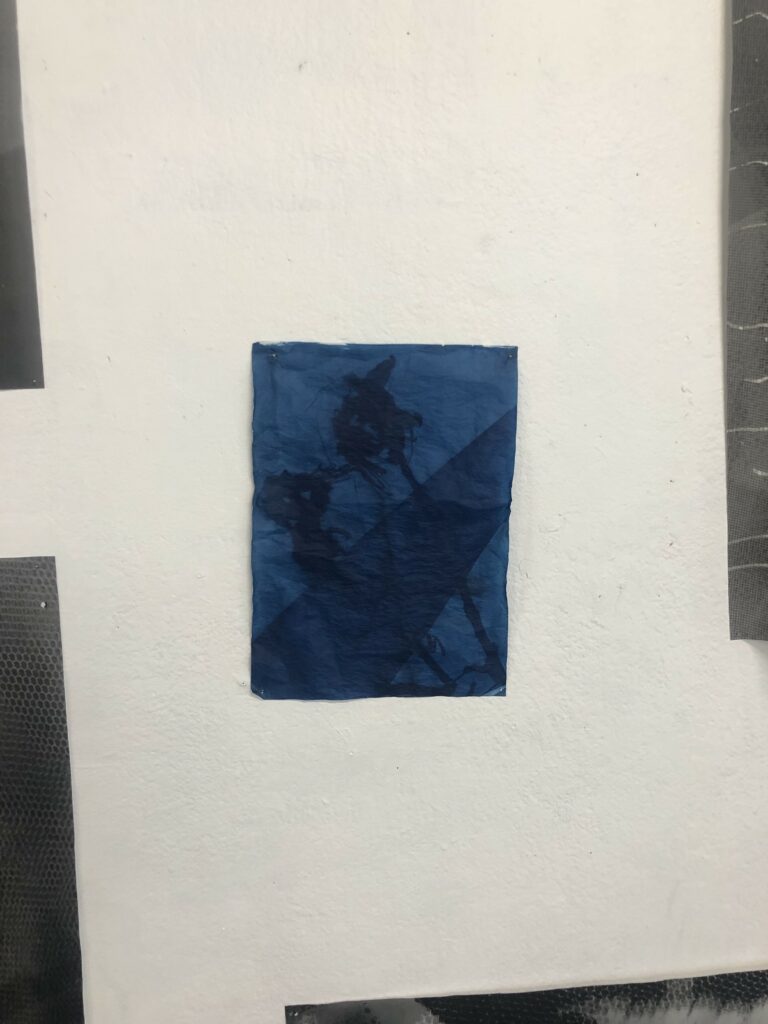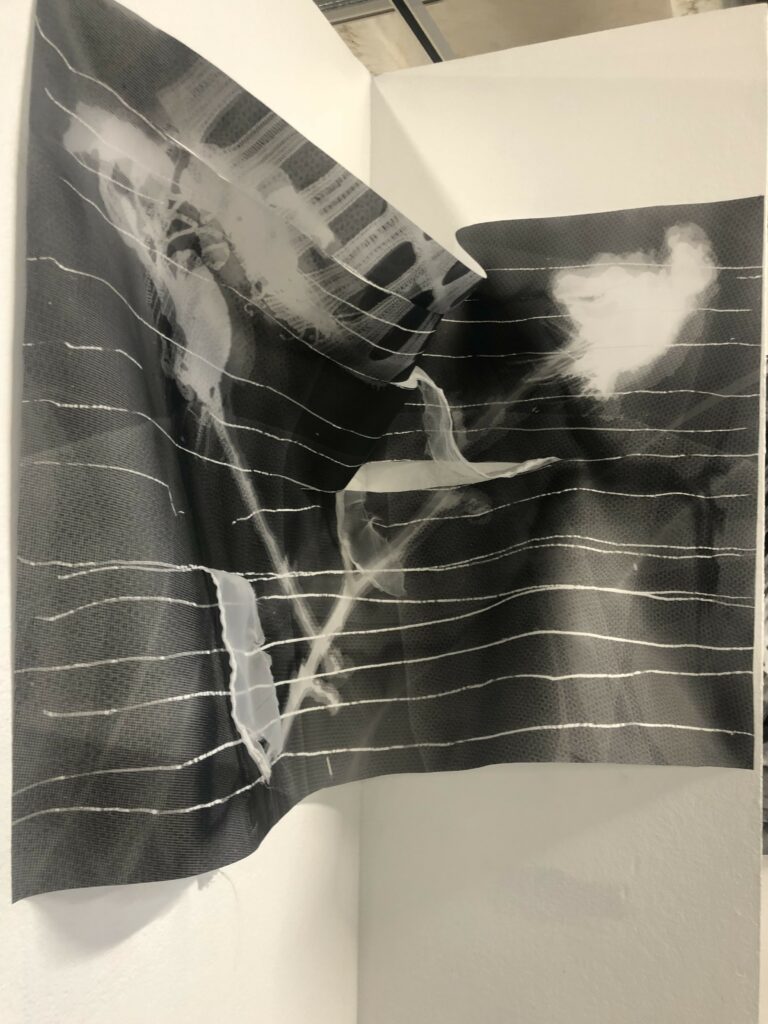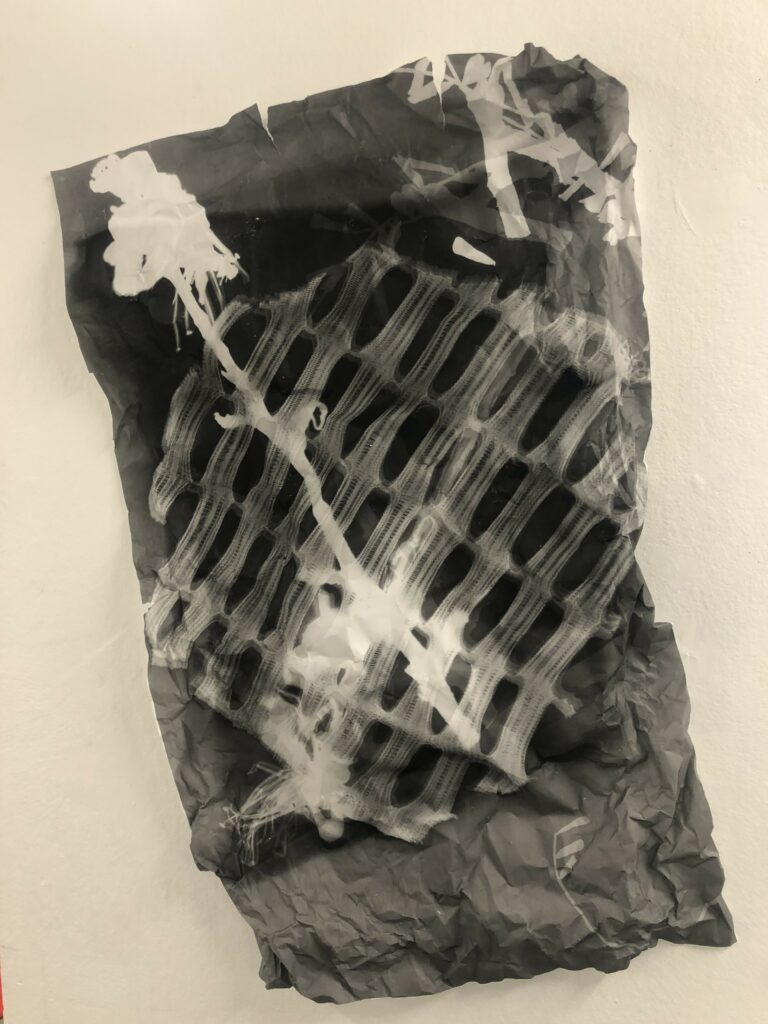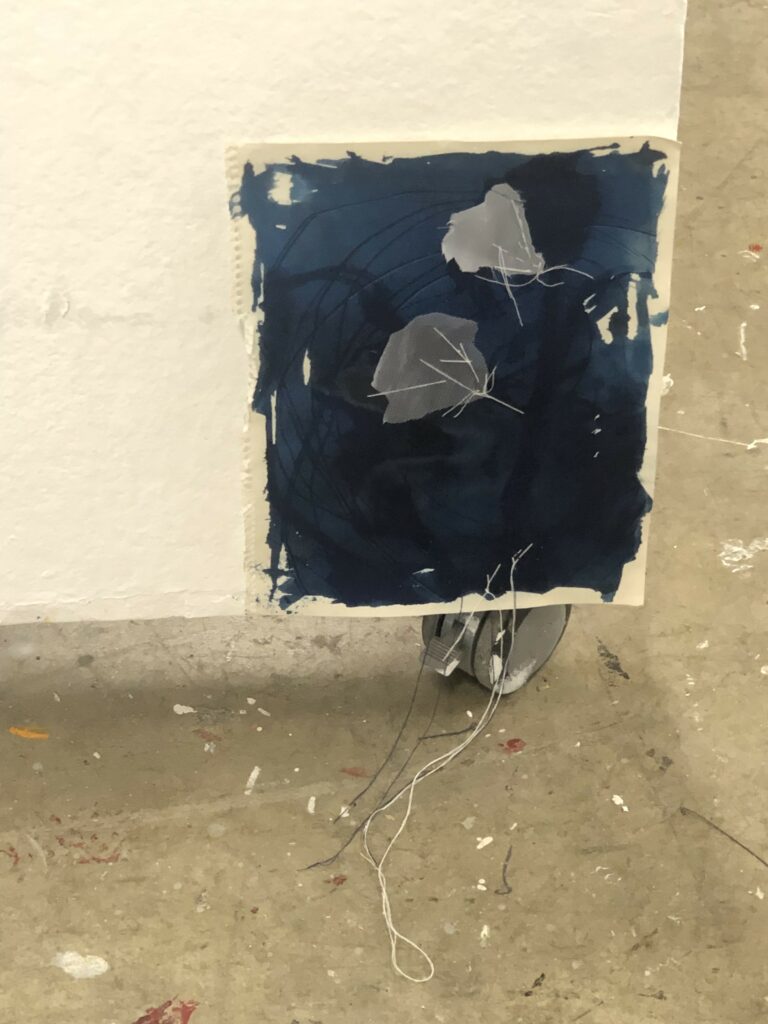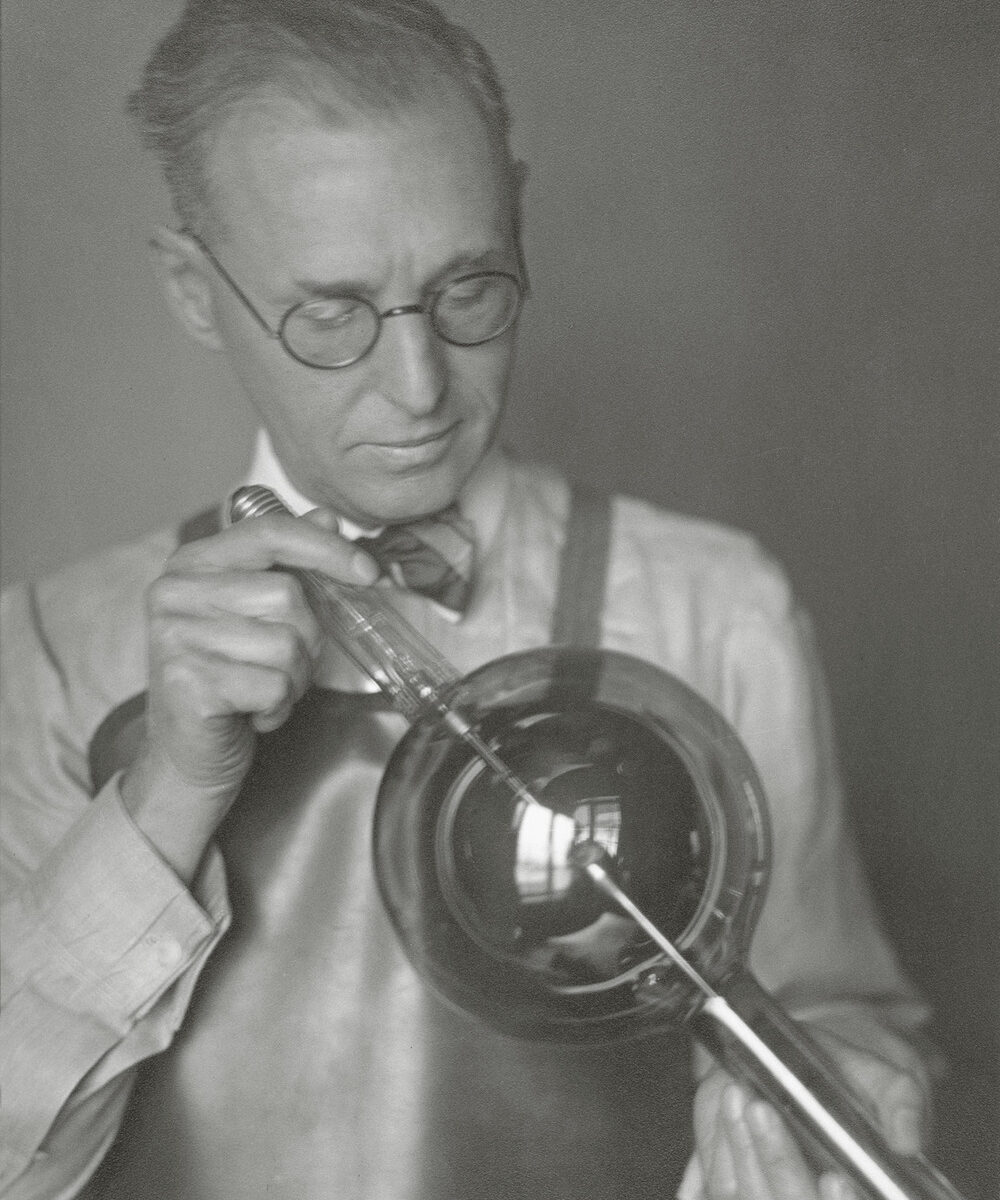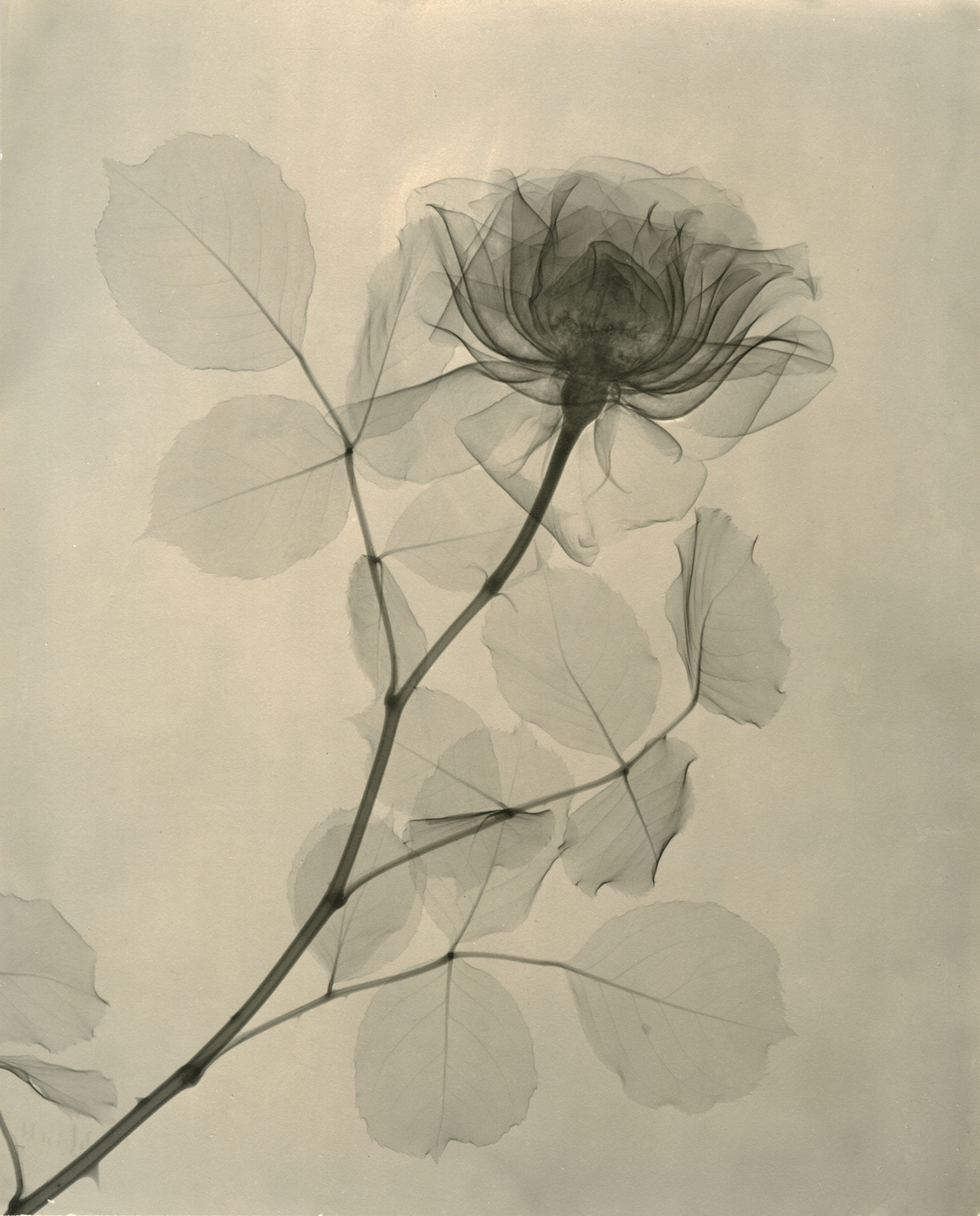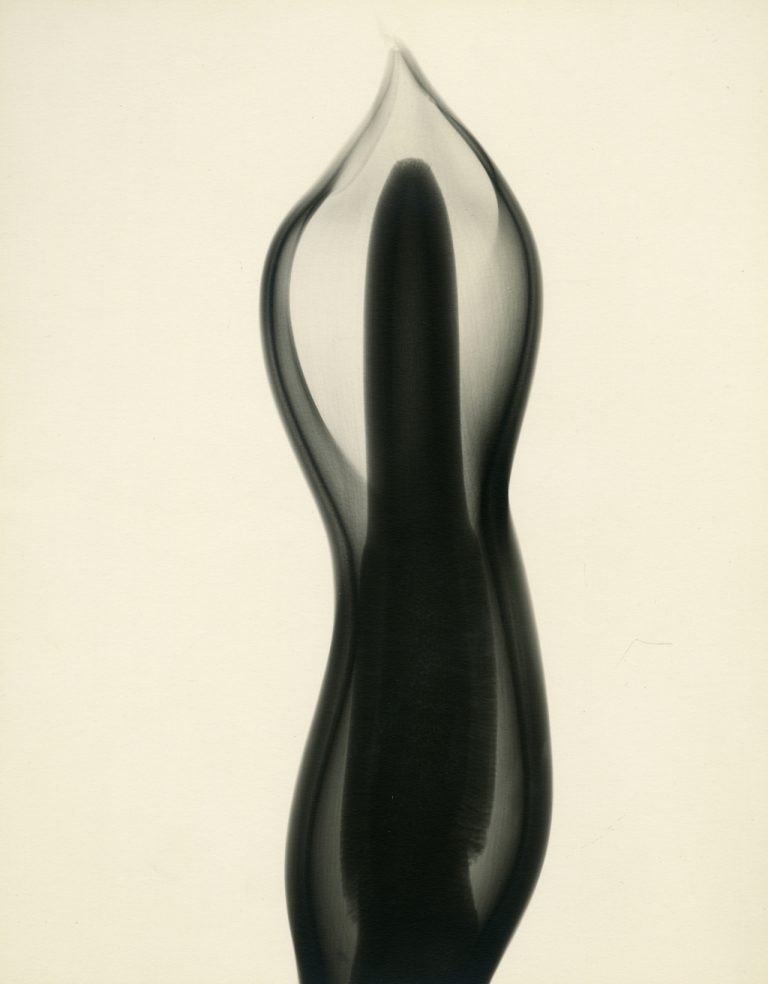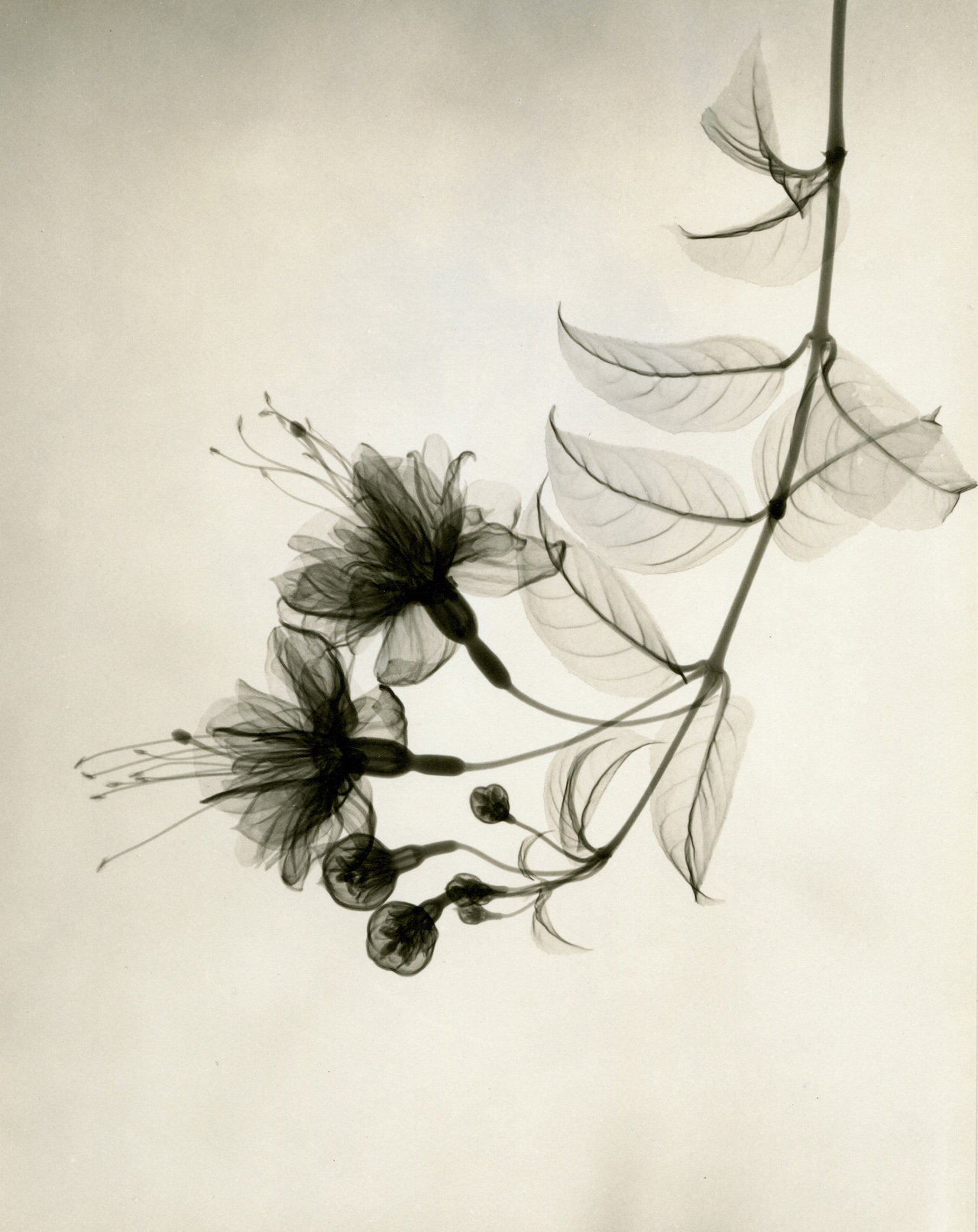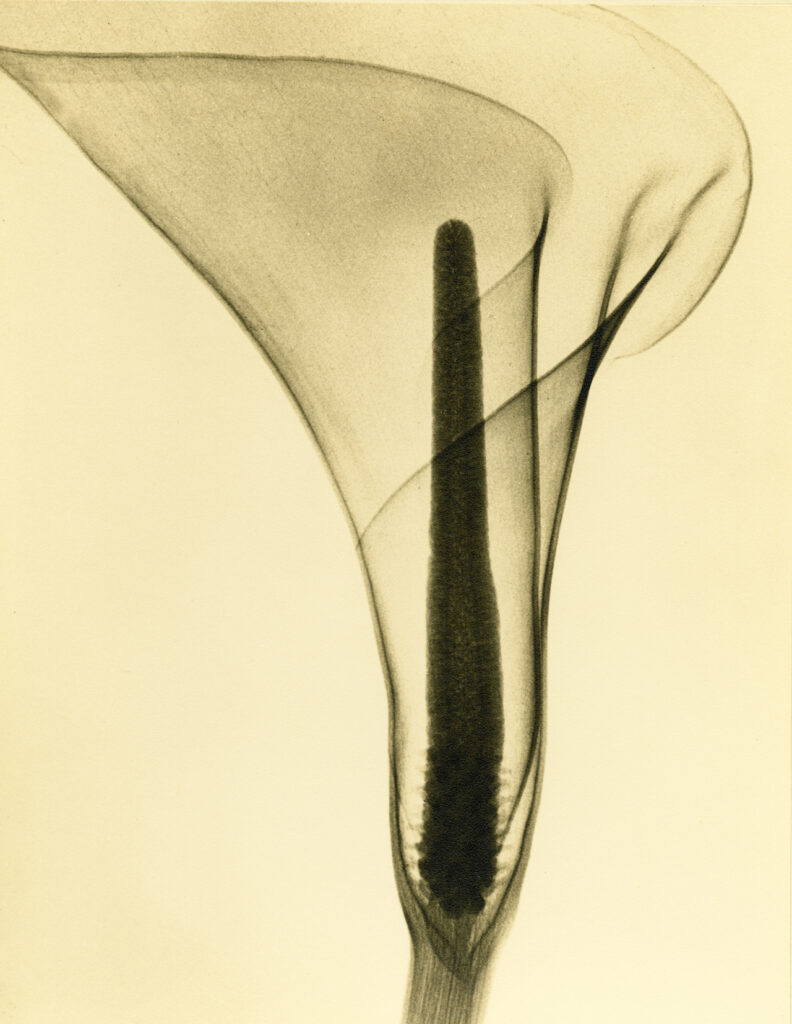(likely not all sources used, gathered most)
Remove ( ) in the 1st link when copying and searching up, as it is unable to be pasted in original format on this site
- (https://www.artnews.com)/art-news/artists/the-shape-shifter-how-lynda-benglis-left-the-bayou-and-messed-with-the-establishment-5897/
- https://www.nga.gov/collection/artist-info.6935.html
- https://art21.org/artist/lynda-benglis/
- https://artreview.com/lynda-benglis-the-erotics-of-artmaking/
https://www.luhringaugustine.com/artists/rachel-whiteread#tab:thumbnails
https://gagosian.com/artists/rachel-whiteread/
https://www.tate.org.uk/kids/explore/who-is/who-rachel-whiteread#:~:text=Whiteread%20has%20been%20inspired%20by,living%20room%2C%20kitchen%20or%20bedroom.
https://hammer.ucla.edu/exhibitions/2010/rachel-whiteread-drawings
Carleton Watkins. (2022, August 27). In Wikipedia. https://en.wikipedia.org/wiki/Carleton_WatkinsCopy
SAAM Carleton Watkins – https://americanart.si.edu/artist/carleton-e-watkins-5251
Mammoth plate. (2022, May 8). In Wikipedia. https://en.wikipedia.org/wiki/Mammoth_plate
1Auckland Art Gallery’s Senior Curator of Global Contemporary Art, Natasha Conland. https://architecturenow.co.nz/articles/walls-to-live-beside-rooms-to-own/
2. Gallery Catalogue –
‘ Fiona Connor Walls #1-6 and #8 (Featuring Rob Gardiner), 2022’
3.“Fiona Connor – 6 Artworks, Bio & Shows on Artsy.” n.d. Www.artsy.net. https://www.artsy.net/artist/fiona-connor.
- https://www.smartinsights.com/social-media-marketing/social-media-strategy/new-global-social-media-research/
- https://www.forbes.com/sites/forbesagencycouncil/2021/05/17/gen-z-and-the-rise-of-social-commerce/?sh=3f728fc4251d
- https://morningconsult.com/2021/07/08/gen-z-critical-race-theory-polling/
- https://www.pewresearch.org/social-trends/2019/01/17/generation-z-looks-a-lot-like-millennials-on-key-social-and-political-issues/
- https://www.theguardian.com/fashion/2021/oct/06/out-of-style-will-gen-z-ever-give-up-its-dangerous-love-of-fast-fashion
- https://publications.parliament.uk/pa/cm201719/cmselect/cmenvaud/1952/report-summary.html
- https://journals.sagepub.com/doi/full/10.1177/01634437211053766
- https://watchargo.com/what-is-the-female-gaze-in-film/
- https://www.theatlantic.com/entertainment/archive/2018/08/female-gaze-lincoln-center-series-women-cinematographers/566612/
- https://www.oxfordstudent.com/2021/03/11/aesthetics-in-film-the-female-gaze/
- https://bearingnews.org/334433/opinion/the-female-gaze-counteracts-existing-standards-in-cinema/
- https://www.theatlantic.com/entertainment/archive/2011/06/transformers-3-sour-sexist-and-salivary/241305/
- https://www.britannica.com/topic/epistemology
- https://www.techtarget.com/whatis/definition/empiricism
- https://www.skylinehawaii.com/blog/the-meaning-of-aloha
- https://www.thesaurus.com/browse/aloha
- https://www.verywellmind.com/what-is-triangulation-in-psychology-5120617#:~:text=Triangulation%2C%20a%20form%20of%20manipulation,be%20the%20most%20well%2Dknown.
- https://www.sheffield.ac.uk/philosophy/research/themes/epistemology#:~:text=Epistemology%20is%20the%20theory%20of,when%20do%20we%20know%20things%3F
- https://www.britannica.com/topic/epistemology
- https://www.robertshawaii.com/blog/spirit-behind-aloha/#:~:text=The%20term%20aloha%20derives%20from,’
- https://www.sciencedirect.com/topics/social-sciences/triangulation#:~:text=Triangulation%20is%20a%20term%20that,a%20location%20on%20a%20map.
- https://www.healthline.com/health/narcissistic-triangulation
- https://www.merriam-webster.com/dictionary/indigenous#:~:text=Indigenous%20derives%20from%20the%20Latin,meaning%20%22to%20beget%22).

